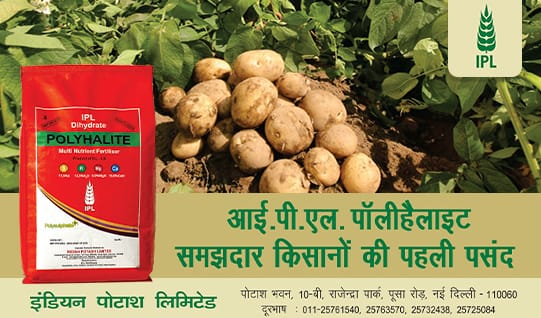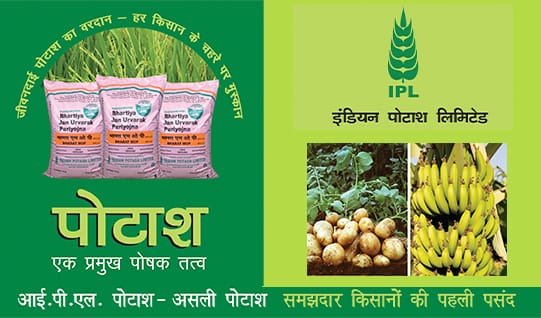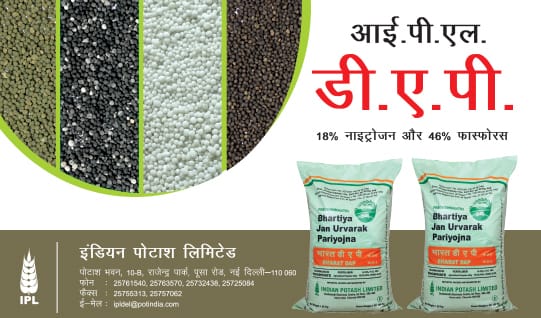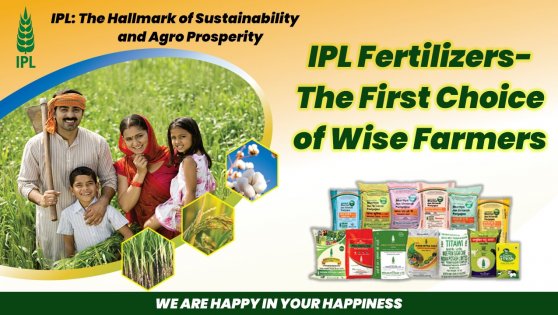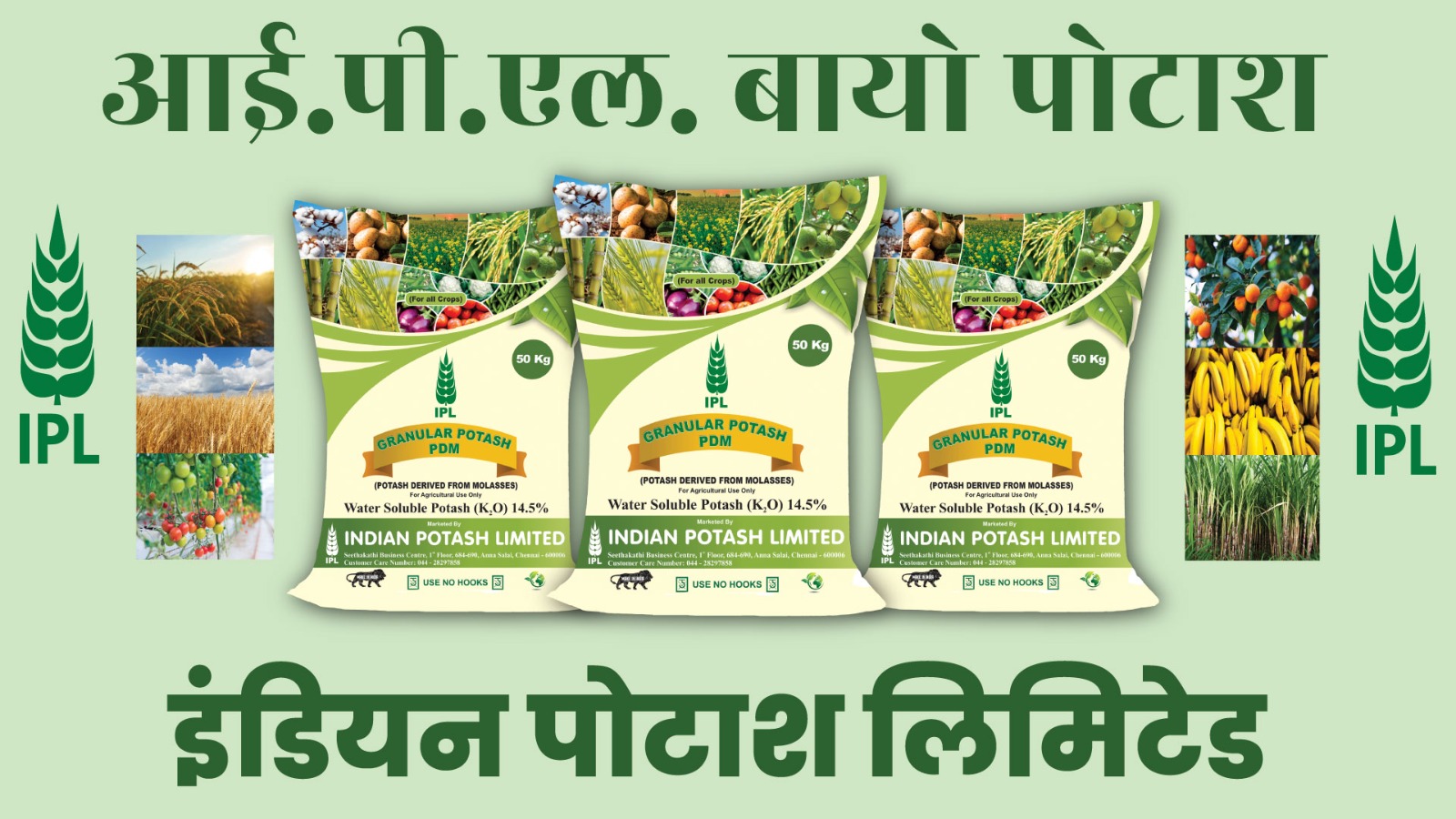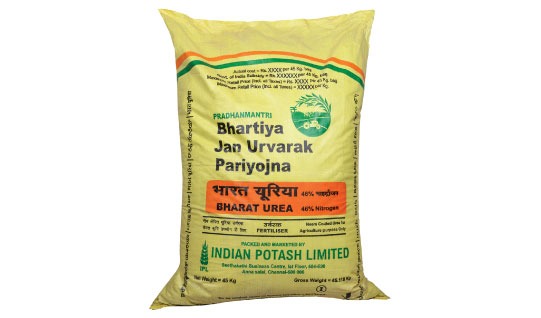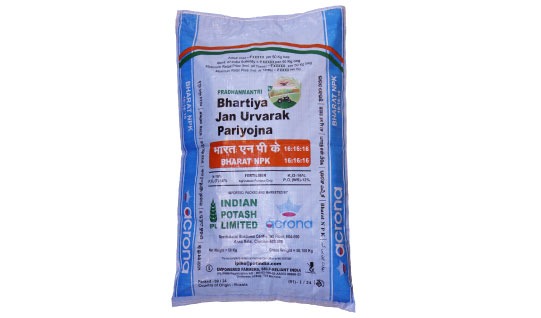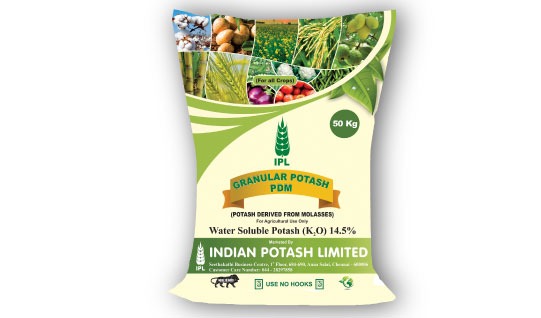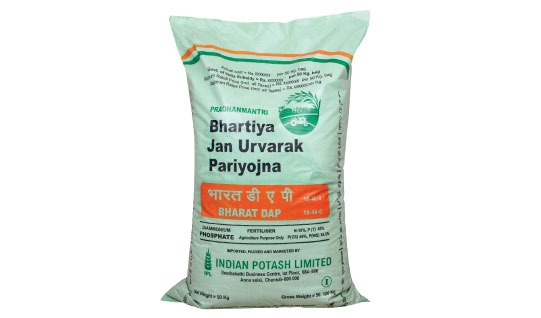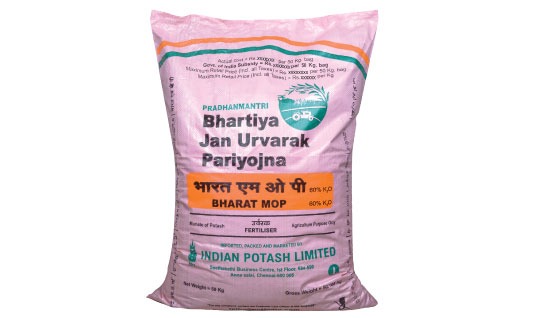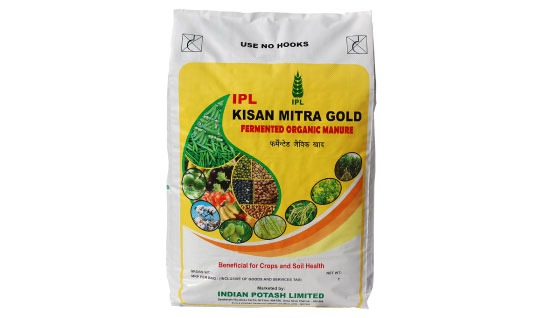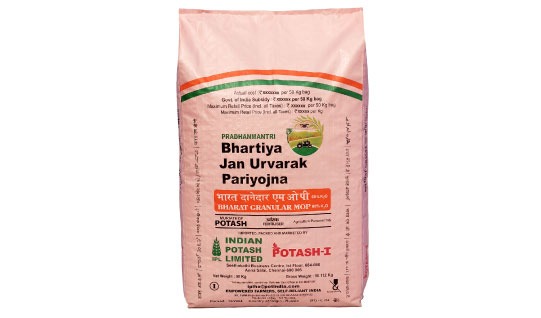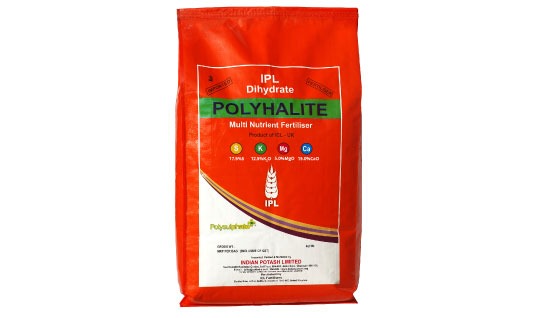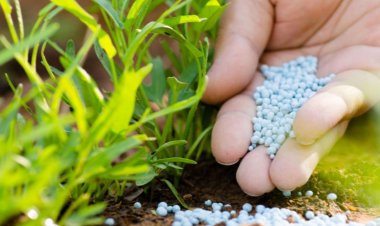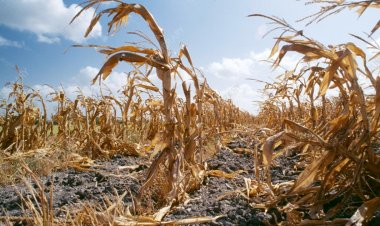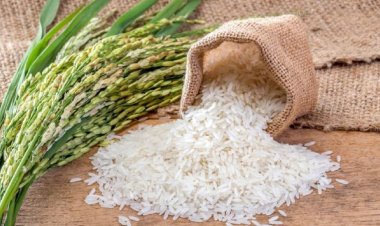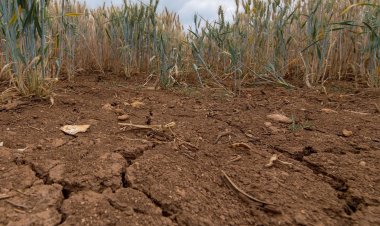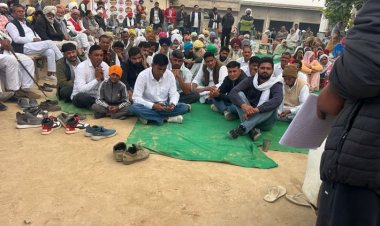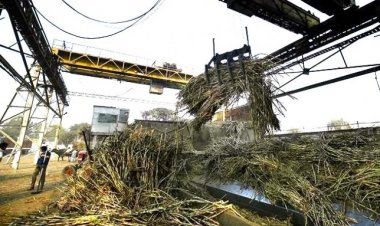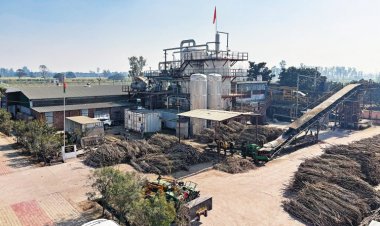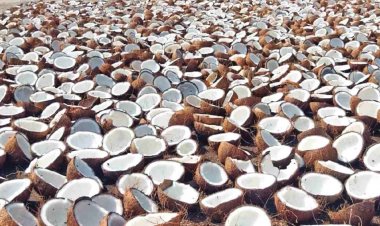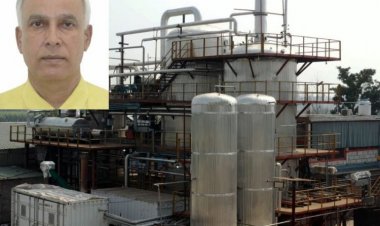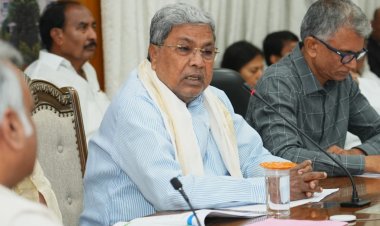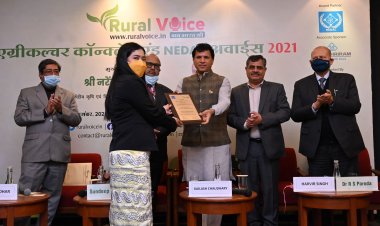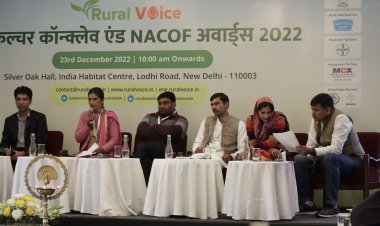South Asia’s Agriculture Stalls Growth, Faces Climate Risk, Says World Bank
The World Bank analysis offers a potential pathway forward. Boosting labour productivity in agriculture could simultaneously lift household incomes and enhance resilience to climate shocks. Higher productivity could lead to cheaper food, which makes up about 40 percent of consumption baskets in the region, more than in any other EMDE region
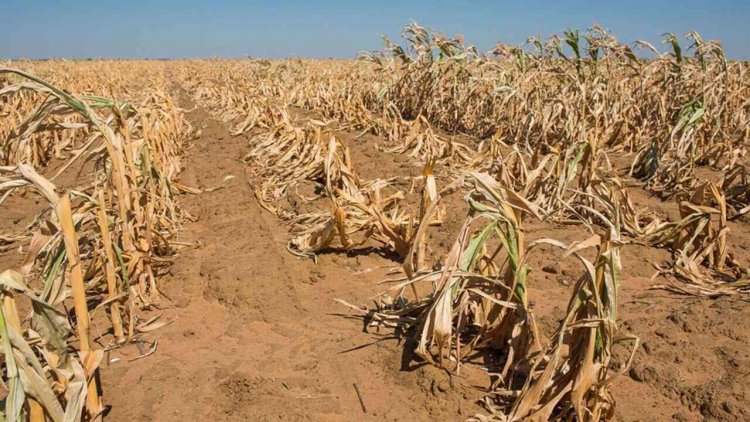
R. Suryamurthy
Agriculture, a cornerstone of South Asian economies contributing 16 percent to the region's GDP and employing 42 percent of its workforce, is plagued by inefficiencies that are not only hindering economic progress but also leaving it dangerously exposed to the escalating climate crisis, a World Bank report has warned.
The latest South Asia Development Update, titled "Taxing Times," paints a stark picture of a sector where yields, while broadly in line with other emerging market and developing economies (EMDEs), are achieved through disproportionately resource-intensive methods. Labor productivity in South Asian agriculture is the lowest among EMDEs, sitting 7 percent lower than in Sub-Saharan Africa during the 2020s, highlighting a significant drag on economic potential.
The analysis pinpoints persistently low labour productivity, coupled with underemployment and limited access to essential capital equipment, as key structural weaknesses trapping a significant portion of agricultural workers in poverty. Data shows agricultural workers are significantly more likely to be poor than those outside the sector.
The report further highlights the unsustainable utilisation of crucial inputs. South Asia exhibits the second-highest fertiliser use among EMDEs, with much of it reportedly wasted. Alarmingly, agriculture accounts for three-quarters of the water stress in the region, three times as much as in other EMDEs, largely due to outdated and leaky irrigation systems.
Adding urgency to these challenges is the escalating climate crisis. Rising global temperatures and extreme weather events have already reduced global total factor productivity in agriculture by an estimated 21 percent since 1961, and by as much as 40 percent in tropical areas. South Asia is projected to warm more than other comparable regions, exacerbating the already observed negative impacts. India's recent hottest February in 125 years, which threatened crops and depleted reservoirs, serves as a stark reminder of the immediate risks.
However, the World Bank analysis offers a potential pathway forward. Boosting labour productivity in agriculture could simultaneously lift household incomes and enhance resilience to climate shocks. Higher productivity could lead to cheaper food, which makes up about 40 percent of consumption baskets in the region, more than in any other EMDE region.
The report identifies key areas for reform. Small and fragmented landholdings limit economies of scale and access to crucial resources. Insecure land tenure, commonplace throughout the region, undermines investment incentives and limits farmers’ access to credit. Policy initiatives focusing on formalising and digitising land records, such as India's SVAMITVA scheme which has mapped millions of parcels and issued millions of titles since 2020, are crucial steps.
The report critically examines existing policy frameworks, highlighting the counterproductive effects of subsidies on inputs like fertilisers and water. It advocates for a shift towards direct, targeted transfers, potentially linked to the adoption of sustainable land management practices. Investments in improved irrigation infrastructure, which can bring large returns and increase the resilience of farm yields, and in research and development of climate-resilient crops, estimated to average more than 40 percent return on investment, are also highlighted as essential.
Furthermore, the analysis stresses the need for broader market reforms, including easing burdensome licensing and size restrictions, labour regulations, and financial restrictions that limit the growth of efficient firms. Trade policy barriers that prevent successful agribusinesses from competing in international markets also need to be addressed.
Finally, the report highlights the potential of farmer producer organizations in driving efficiency improvements. These cooperatives can unlock economies of scale in accessing markets and credit for individual members and for common investments in logistics and infrastructure.
South Asia's agricultural sector is at a critical juncture. Deep-rooted inefficiencies are not only stifling productivity, which is already 7 percent lower than in Sub-Saharan Africa, and perpetuating poverty, particularly in rural areas, but also leaving the region highly vulnerable to the growing impacts of climate change, which has already reduced global agricultural productivity by an estimated 21 percent. A comprehensive overhaul, encompassing policy reforms, strategic investments with potential returns exceeding 40 percent, and a focus on empowering farmers through secure land rights and cooperative structures, is urgently needed to ensure food security, improve livelihoods, and build a more resilient future for a sector employing 42 percent of the region's workforce and contributing 16 percent to its GDP.



 Join the RuralVoice whatsapp group
Join the RuralVoice whatsapp group
